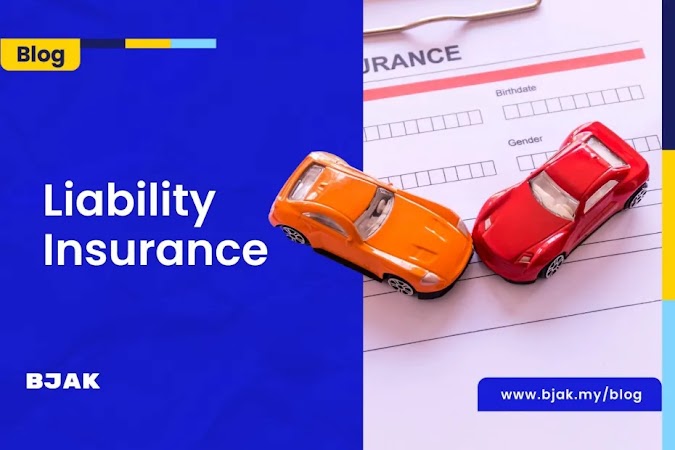Understanding Liability Insurance: Your Essential Protection on the Road
Liability insurance stands as the cornerstone of car insurance coverage, mandated in most states across the United States. Its primary function is to shield drivers from the financial ramifications of accidents they cause, providing coverage for damages and injuries inflicted upon others. In this article, we delve into the intricacies of liability insurance, exploring its significance, components, and why it's a crucial safeguard for every driver.
What is Liability Insurance?
Liability insurance serves as a protective shield for drivers by covering the costs associated with damages and injuries they cause to others in an accident. While the specifics may vary by state, liability insurance typically includes two main components:
Bodily Injury Liability: This aspect of liability insurance covers medical expenses, rehabilitation costs, and lost wages for individuals injured in an accident where you are at fault. It extends to both the driver and passengers of the other vehicle(s) involved.
Property Damage Liability: Property damage liability covers the costs of repairing or replacing the property damaged in an accident for which you are responsible. This includes vehicles, structures, or other tangible assets affected by the collision.
Why is Liability Insurance Mandatory?
The mandatory nature of liability insurance is rooted in the principle of financial responsibility. By requiring drivers to carry liability insurance, states aim to ensure that individuals involved in accidents have the means to compensate others for the harm they cause. Without liability insurance, at-fault drivers could potentially face insurmountable financial burdens, leading to legal disputes, financial ruin, and prolonged hardships for victims.
Coverage Limits and Requirements
Each state sets its own minimum requirements for liability insurance coverage. These requirements typically consist of two limits: one for bodily injury liability per person, and another for property damage liability per accident. For example, a state may mandate coverage limits of $25,000 for bodily injury per person and $50,000 for bodily injury per accident, along with $25,000 for property damage per accident.
While meeting the state's minimum requirements is essential for legal compliance, drivers should consider purchasing additional coverage beyond the minimum limits to adequately protect their assets and mitigate personal financial risks in the event of a severe accident.
The Importance of Liability Insurance
Liability insurance is not only a legal obligation but also a vital safeguard for drivers and their assets. Without proper coverage, drivers risk facing significant financial consequences, including lawsuits, wage garnishments, and asset seizures, in the aftermath of an accident they cause. Moreover, liability insurance provides peace of mind, knowing that you have the necessary protection to fulfill your financial obligations and compensate others for their losses in the event of an unfortunate collision.
Conclusion
Liability insurance is a fundamental component of responsible car ownership, offering essential protection against the financial repercussions of accidents. By understanding its components, significance, and legal requirements, drivers can ensure they have the proper coverage in place to safeguard themselves and others on the road. Remember, liability insurance isn't just about fulfilling a legal requirement—it's about protecting yourself, your passengers, and your financial well-being in the face of unforeseen circumstances on the road.


Post a Comment for " Understanding Liability Insurance: Your Essential Protection on the Road"